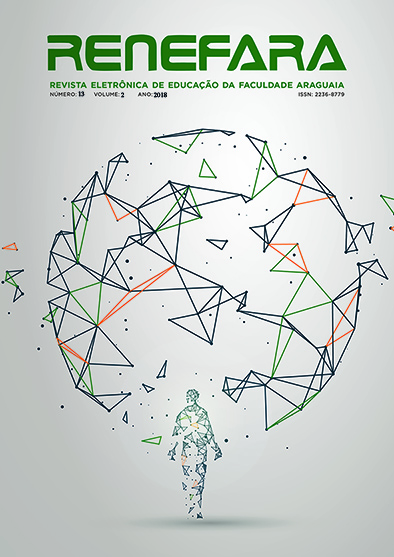TRANSPORTE DE NITRATO EM CAMADA DE SOLO COMPACTADA
Keywords:
solo compactado, ensaio de difusão, transporte de nitrogênio.Abstract
A disposição inadequada de resíduos sólidos, principalmente os gerados do saneamento básico tem se tornado uma preocupação constante ao meio ambiente. Estes resíduos apresentam em sua composição constituintes físico-químicos e biológicos que podem contaminar o solo e os recursos hídricos. Assim, este trabalho tem como objetivo avaliar a cinética de difusão de nitrato através de uma camada de solo compactada. A pesquisa foi realizada investigar a percolação de nitrato por meio de ensaios de difusão em escala laboratorial, com diferentes concentrações do extrato de lodo bruto em diferentes dias. A difusão do nitrato causou pouca dispersão no solo compacto. A concentração de nitrato no corpo de prova diminuiu do topo para a base, o que foi observado nas amostras com oito e 32 dias de experimento. Nestas amostras houve aumento na quantidade de íons adsorvidos e/ou difundidos. Isso indicou que a tempo de contato do nitrato com o solo foi um fator importante nesse aumento. Para o ensaio de sorção notou-se um ajuste satisfatório para ambas isotermas utilizadas.
Downloads
Published
Issue
Section
License
The copyright of the published articles will be transferred to the Uniaaraguaia Magazine, allowing its subsequent reproduction as transcription and with due citation of source. In the event of acceptance and before the publication of the article, the plaintiff (s) shall write a statement formally transferring copyright to the magazine.
The author may also print and distribute copies of his article, provided that he mentions that the rights belong to the Uniaaraguaia Magazine.
Author rights include the right to reproduce in full or partly by any means, distribute this article, including figures and photographs.
By submitting originals to the Uniaaraguaia magazine, the author or authors express agreement with the following terms:
a) Authors maintain copyright and grant Uniaraguaia magazine the right of first publication, with the work simultaneously licensed under the Creative Commons Attribution license that allows the sharing of work with recognition of the authorship and initial publication in this magazine.
b) Authors are authorized to assume additional contracts separately, for non-expiration distribution of the work version published in this magazine (eg publish in institutional repository or as book chapter), with recognition of authorship and initial publication in this journal.
c) Authors are allowed and are encouraged to publish and distribute their work online (eg in institutional repositories or on their personal page) to any point before or during the editorial process, as this can generate productive changes as well as increase the impact and citation of published work.

